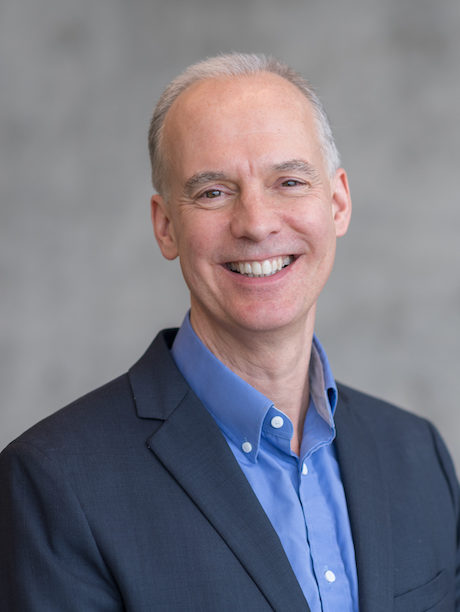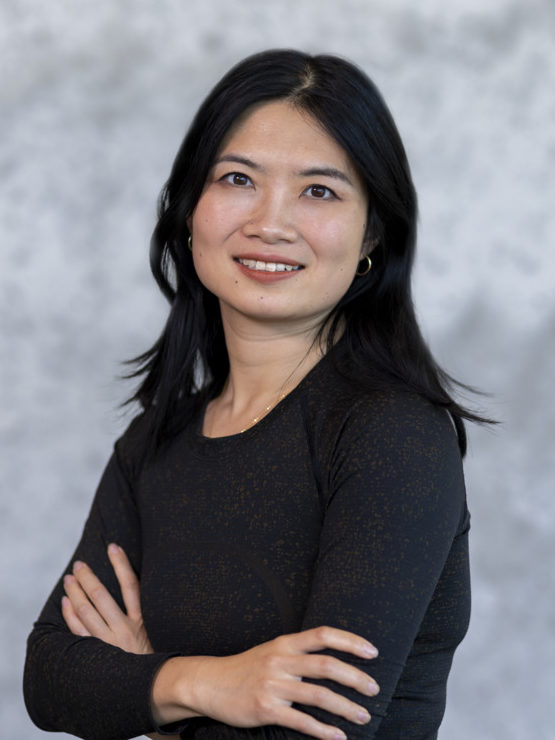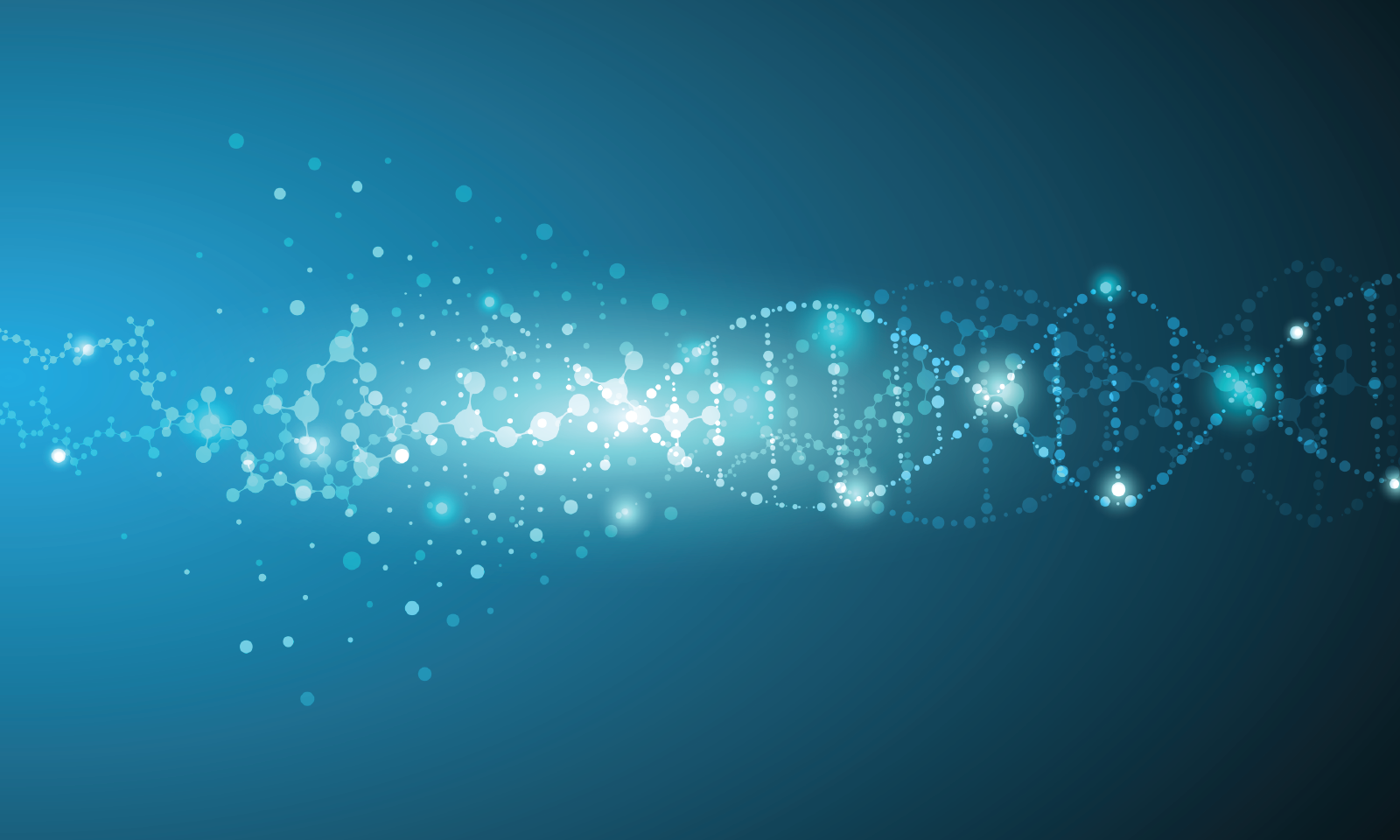GRAND RAPIDS, Mich. (Nov. 21, 2022) — Can parts of our bodies age faster than others?
The answer is yes, and Van Andel Institute scientists have developed a new way to measure exactly how.

Their findings, published in Nature Communications, detail a new method for pinpointing cellular age that evaluates the number of times a cell has divided rather than relying on chronological time. The more cells replicate, the more likely they will accumulate errors over time that contribute to diseases such as cancer.
The research was led by Jamie Endicott, Ph.D., a Van Andel Institute Graduate School student in the lab of VAI Professor Peter W. Laird, Ph.D. Laird and Associate Professor Hui Shen, Ph.D., are corresponding authors of the study.
“Cellular aging is a major risk factor for many chronic diseases, but it can be tough to measure. Our cellular ‘clock’ gives us powerful new insights into biological aging, how it differs between cells within a single person, and how it may impact a person’s likelihood of developing disease,” Endicott said. “We have more work to do but our goal is to translate our method into a test with broad uses, such as evaluating the effect of chemotherapy on cells and measuring whether immune cells become ‘exhausted’ and thus less effective when fighting infection or cancer.”

Scientists have long sought an accurate and simple way to measure biological age to better understand its role in health and disease. Although other methods exist, Endicott’s is the first of its kind. It works by measuring the progressive loss of special chemical tags on DNA called methyl groups, which regulate when genes are “on” or “off.” The loss of these marks, which occur throughout a person’s life and correlate with cell divisions rather than chronological age, foreshadow alterations found in cancer cells. The new method builds on earlier research by Laird, Shen and collaborators that established a preliminary way to detect cell division-associated loss of methyl groups.
Each of the 37 trillion cells in our bodies trace their lineage back to a single, fertilized egg cell that contained the original copy of our individual DNA. Throughout life, these cells divide, replacing old or damaged cells at different rates based on their function in the body, environmental exposures, wound healing and other factors.

Although cells have a host of built-in biological quality control checks, each cell division chips away at the genome’s integrity, leaving behind an accumulating number of changes including loss of methyl groups.
Here’s what this process looks like. Think of a healthy 50-year-old person. Endicott’s new cellular clock may reveal that their cells are more akin to those in a 45-year-old than a 50-year-old, meaning they are aging more slowly than their chronological age. The reverse also is true: someone who smokes, for example, may have lung cells that age faster than their chronological age, which puts them at a higher risk for developing diseases such as lung cancer.
“Jamie’s work is an important step toward a larger goal: utilizing these ‘clocks’ to help patients,” Laird said. “We will continue to refine and calibrate our method in the hope that we will one day be able to apply it to real-life situations, such as risk assessment and clinical decision-making.”
Research Technician Paula Nolte also is a study author. Van Andel Institute’s Genomics Core contributed to this work.
Research reported in this publication was supported by Van Andel Institute and the National Institute on Aging of the National Institutes of Health under award no. R01AG066764 (Laird and Shen). The content is solely the responsibility of the authors and does not necessarily represent the official views of the National Institutes of Health. Approximately 50% of the funding for this study came from federal sources; approximately 50% came from non-federal sources.
